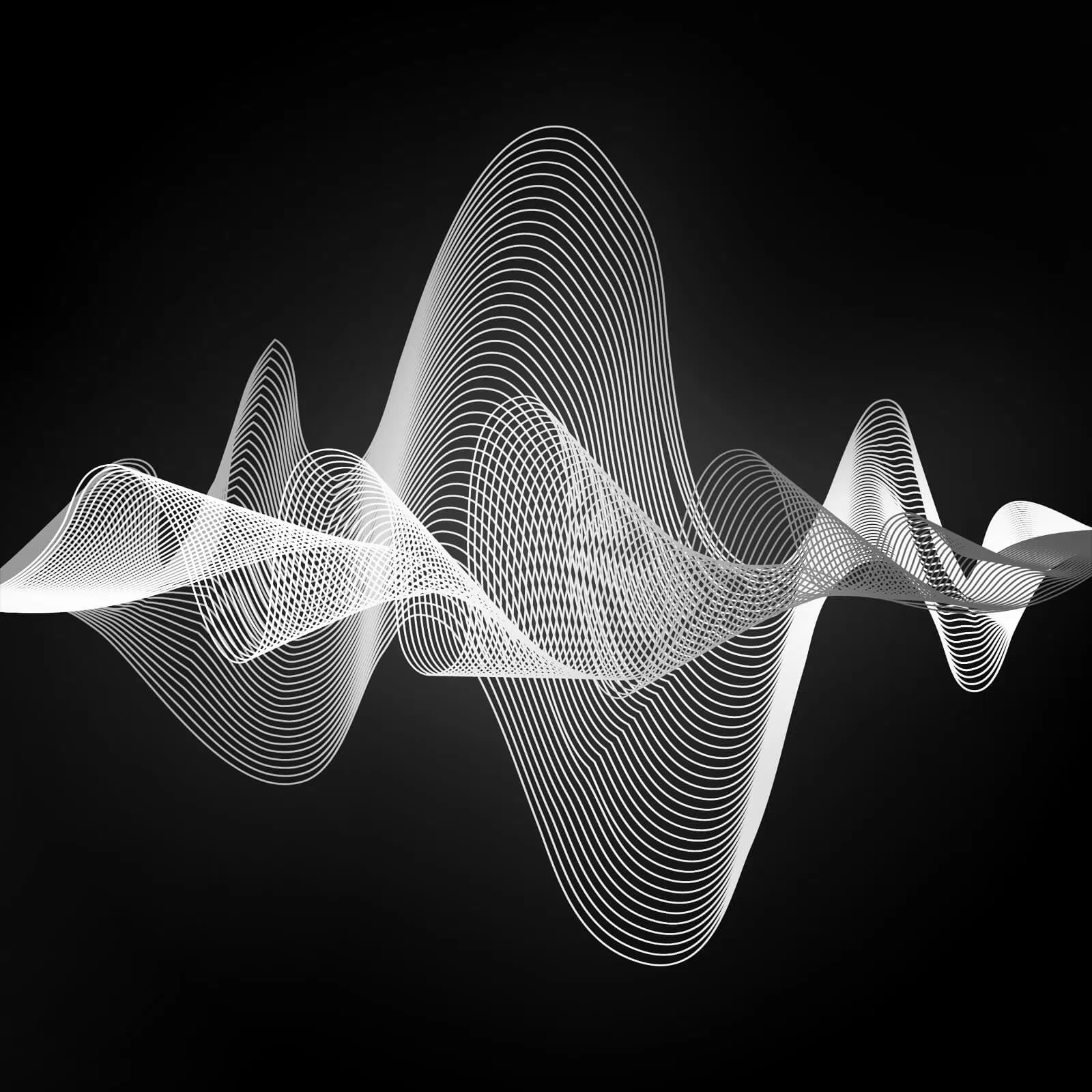The Perseid meteor shower is known for it’s fast-moving fireballs and is active right now through mid-August, peaking between August 11th and 13th.
During the night time hours, we’ve seen the typical pattern where our daytime showers and storms end by evening.
However, this year’s viewing might be more difficult in the New Orleans area.
A nearly full moon is expected in the days just before peak activity, and that extra brightness could wash out many of the fainter meteors.
Combine that with typical summer haze and light pollution from city lights, and it won’t be an ideal setup — but it’s still not a total loss.
For the best chance to catch the Perseids:
- Head to darker areas away from streetlights and city glow
- Try watching earlier in the shower window, before the moon becomes too bright
- Look up between midnight and dawn, when the sky is darkest and meteor activity tends to pick up
- And most importantly, give your eyes time to adjust — it can take 20–30 minutes to fully see the show
Weather-wise, cloud cover and humidity will also be factors to watch. We’ll continue tracking your sky conditions as we get closer to the peak so you can make the most of any viewing opportunities.
READ MORE:Perseid meteor shower set to peak soon across the skies










